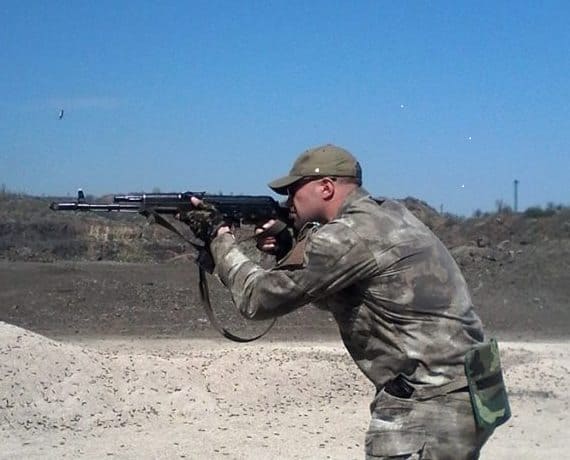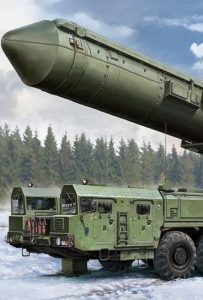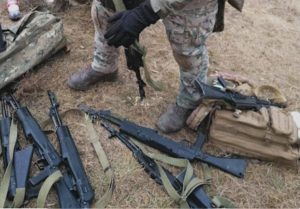
Ukraine will receive depleted uranium ammunition
Along with Challenger 2 tanks, the UK will transfer to Ukraine ammunition that includes armor piercing rounds containing depleted uranium.
This was announced by Annabel Goldie, the British Deputy Minister of Defense.
She confirmed the transfer of depleted uranium rounds to Ukraine, answering questions on the government website of the UK Parliament.
“Alongside our granting of a squadron of Challenger 2 main battle tanks to Ukraine, we will be providing ammunition including armor-piercing rounds which contain depleted uranium. Such rounds are highly effective in defeating modern tanks and armored vehicles,” Annabel Goldie stated.

The Challenger 2 tanks, which the UK has pledged to hand over to Ukraine, are armed with a L30 120mm rifled gun with a 55 calibers barrel length.
Although the caliber of this gun corresponds to those used by other NATO countries, it is nevertheless rifled, which makes it impossible to use other ammunition except those made specifically for it.
The ammunition of the L30 tank gun includes L23, L26, L27, L28 sub-caliber armor-piercing fin-stabilized discarding sabots, and most modern L29A1.
The L23 armor-piercing sub-caliber round was developed in 1984 and had a tungsten alloy armor-piercing core in its design. It was withdrawn from service because of its low efficiency and is not used by the British Army.
Later-created L26, L27, L28 and L29 ammunition are equipped with an armor-piercing core made of depleted uranium. In recent years, modern L29А1 armor-piercing rounds began to enter the service of British tank troops.

Depleted uranium
By the term “depleted uranium” is meant a by-product of the release of a radioactive isotope of uranium U-235 for nuclear power and weapons. This metal, after the extraction of the active isotope becomes less radioactive in natural uranium and its ore and has 40% less radiation.
The main military application of depleted uranium is armor-piercing ammunition. The use of this metal in ammunition is associated with its properties – high weight, density and pyrophoricity. Thanks to these characteristics, the shells have a high armor-piercing effect and cause significant armor destruction.
In countries with advanced nuclear industries and large accumulations of depleted uranium, such as the United Kingdom, the United States and France, its use in the defense industry is much cheaper than the use of alternative materials, such as tungsten.
SUPPORT MILITARNYI
Even a single donation or a $1 subscription will help us contnue working and developing. Fund independent military media and have access to credible information.


 Вероніка Грищенко
Вероніка Грищенко 
 Андрій Соколов
Андрій Соколов 
 Urich
Urich 
 Андрій Харук
Андрій Харук 
 Контужений Безпілотник
Контужений Безпілотник 

 Центр ініціатив ПЖ
Центр ініціатив ПЖ 



 Vadim Kushnikov
Vadim Kushnikov 
 Андрій Тарасенко
Андрій Тарасенко 
 Юрій Юзич
Юрій Юзич 




